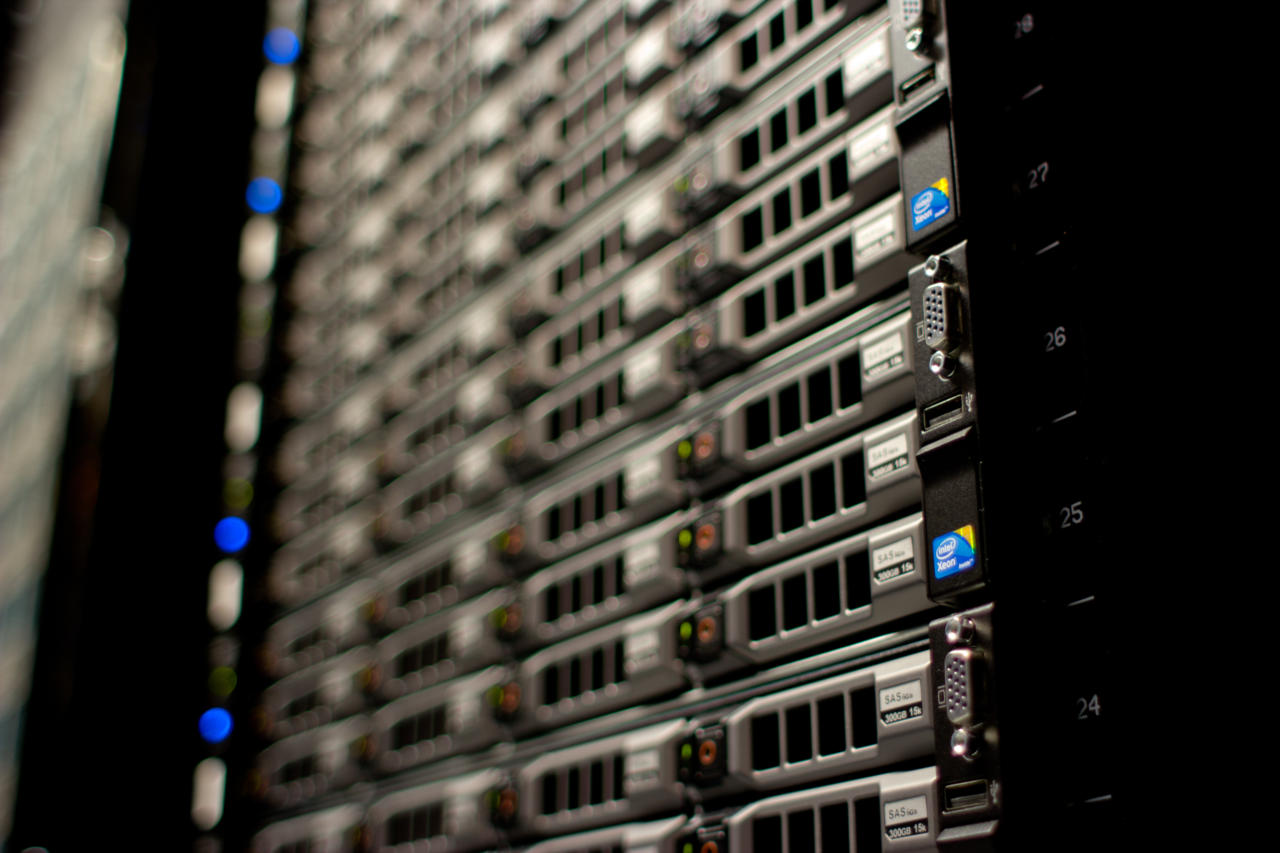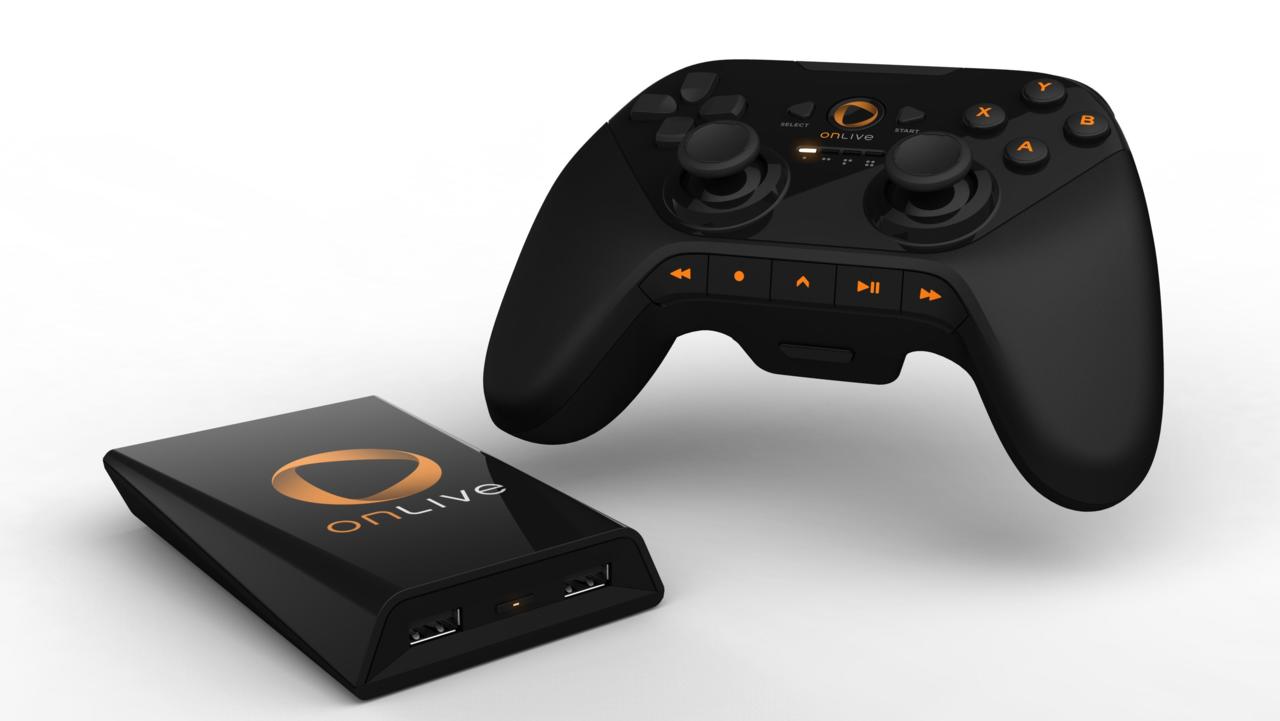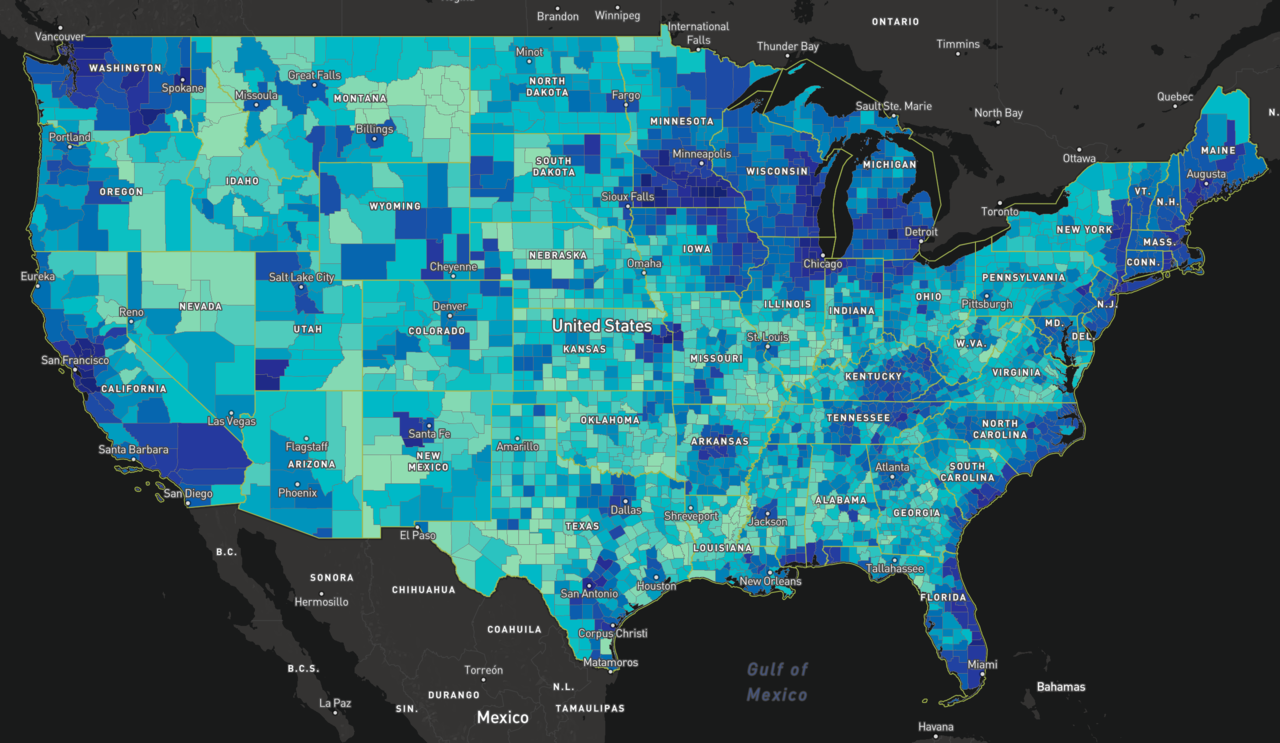The innovative possibilities of cloud gaming have been speculated upon for years, but it's only recently that video game publishers and hardware makers have started taking their first steps toward truly taking advantage of the possibilities. For the time being, cloud applications in gaming are relatively modest, but several companies have signaled plans to make it much more of a focus. Within a few years, the cloud could be a major force in driving how and where we play games.
What Is "the Cloud"?
In the broadest possible application, "the cloud" is a catch-all term for remote computer processes. Rather than handle a processing-heavy task on your own personal laptop, for example, you can pay a fee to have access to computing power elsewhere. A rack of processors with much more power than a consumer-grade computer can handle these processes much more quickly, and then feed the end-result into your own computer at home.

These tasks are often any that are limited by standard processor speeds, or just ones that are onerously large. For example, you may host your collection of family photos on a cloud server hosted by a company like Google or Apple for a nominal fee. This is one reason why consumer laptops have been steadily reducing their amount of onboard storage: for most users, having several hundred gigabytes of space to hold all their images and music just isn't necessary anymore.
Several companies have already established cloud-based businesses. Some, like Amazon Web Services and Microsoft Azure, are focused mostly on B2B services--functions that run on the back-end of other websites, some of which you might use every day. Others like Google or Backblaze offer cloud-based backups of your photos or even an image of your entire computer hard drive for emergencies. Finally, companies like Spotify and Netflix have made their name by taking traditional physical entertainment media and streaming it directly to consumers, cutting down on clutter.
Gaming Meets the Cloud
We've already seen the cloud applied to video games in various ways, but its early steps were awkward and transitional. The first two major competitors were Gaikai and OnLive, which were formed in 2008 and 2009. Both aimed to stream high-end video games and allow end-users to pay a subscription fee for the convenience. OnLive even sold a microconsole, which was little more than a pass-through streaming box. Ultimately, the streaming infrastructure hadn't been developed enough to sustain their business models. Plus, OnLive's positioning of itself as a competitor to major console players like Xbox and PlayStation opened it to unfavorable comparisons.

Still, there was value in the technology itself. Sony Interactive Entertainment acquired the rights to Gaikai in 2012, which led to some of the company's current developments. It also acquired patents for OnLive in 2015. Sony went on to use that tech to launch PlayStation Now, which offers game streaming from among a curated list.
Currently, though, the most common application is cloud save backups, as in the case of the PlayStation Network or Switch Online service. These allow you to safely store your saved games off the local hardware. If anything should happen to your PS4 or Nintendo Switch, you'll still be able to resume your saved games when you replace the hardware. The feature is valuable enough that Sony even recently expanded its cloud storage space.
Developers have also started to use the cloud to offload tasks inside the games themselves, but these efforts are early. Microsoft promised that Crackdown 3 would use the cloud to process resource-intensive tasks like the physics systems required for a fully destructible city. In the end, though, the campaign lacked this feature, and the cloud-driven destructibility was limited to its Wrecking Crew multiplayer mode.

Video Games Inside the Cloud
The biggest steps for cloud gaming appear to be yet to come, but they're already taking shape. Outside of PlayStation Now, the big ideas pitched by OnLive and Gaikai now appear poised for launch by large corporations with more tech development know-how and hardware infrastructure in place.
Last year Google debuted Project Stream, a test case for the emerging technology. By partnering with Ubisoft, the company allowed participants to play Assassin's Creed Origins right through their Google Chrome browser. All of the rendering and processing power was handled remotely, so players were essentially left with a streaming video of their own play session. It required a high-speed Internet connection, but the results were said to be impressive.
Now Google is taking the next logical step. At a special presentation during GDC, the company announced Google Stadia, a streaming platform that promises new kinds of integration between playing and streaming. The company is planning a 2019, and will sell its own proprietary Stadia controller, but you will be able to play on any Chrome-enabled device with any existing USB controller. For more details, read our wrap-up of everything we know about Stadia so far.
Assassin's Creed Shadows - Official Trailer Breakdown | Samurai, Shinobi, And Feudal Japan Explained Assassin's Creed Shadows - Official Cinematic Reveal Trailer Apex Legends: Altered Horizons Cinematic Trailer Assassin's Creed Shadows - Who Are Naoe and Yasuke? Destiny 2: The Final Shape - Khvostov Exotic Auto Rifle Preview MULLET MADJACK - Official Launch Gameplay Trailer Nintendo Switch Online - Super Mario Land And More! | Game Boy Update Trailer Street Fighter 6 - Rashid, A.K.I., Ed, Akuma Outfit 3 Showcase Trailer Street Fighter 6 - Battle Balance Patch Update 2024 Trailer Diablo 4 | Loot Reborn | Gameplay Trailer Dead By Daylight | Official Castlevania Teaser Trailer Project T (New Dead By Daylight World Game) | A First Look
Please enter your date of birth to view this video
By clicking 'enter', you agree to GameSpot's
Terms of Use and Privacy Policy
But while Google may be the next to show off its streaming tech, it won't be the only one with something to reveal in the near future. Microsoft has already begun teasing Project xCloud, its own game streaming solution. Unlike the Google test, Microsoft was sure to mention that the goal of xCloud is to run on any device, including mobile. Plus Microsoft already has the console infrastructure, so it may be poised to add streaming to its list of Xbox services, like Xbox Live Gold and Game Pass. EA is planning its own game streaming service to launch in 2020, and CEO Andrew Wilson has predicted a future where games can be played on any device. Other competitors from outside the traditional games industry like Verizon are reportedly starting to explore the possibility of streaming as well.
How these competitive models would manifest isn't entirely clear, but we can make inferences from current business models. Both Microsoft's Game Pass and EA's Access programs offer a rotating selection of games to download, so it would be easy to transfer this model into an all-you-can-eat subscription service--a Netflix for video games. But both companies also offer games for purchase, so it's possible that alongside a subscription model you could purchase games a la carte. That would conceivably work similar to current digital storefronts. The only difference would be that instead of waiting for a download, you could start playing instantaneously after completing your purchase. PlayStation Now already provides just this, albeit with a focus on older game releases.
Storm Clouds
Each of the major players, though, will have roadblocks to overcome. Cloud computing often struggles with user privacy and data sharing concerns. Since all user activity is logged through the cloud, and often cloud computing companies make extra revenue by selling user activity data to market researchers, users may be especially wary of handing over their personal information. It would also accent the issue of server outages. Currently some online-only games are inaccessible if you can't log on, but generally most single-player games allow you to play without any internet connection at all. If streaming gaming through the cloud is the future, any server downtime at all--even if just for maintenance--will cut you off entirely from play.
In a country as large as the United States, the high-speed internet required to run cloud-based gaming isn't as widespread as in smaller, more densely-populated countries. As of the most recent FCC data, 24 million homes don't have any access to high-speed internet services in their area. That number is shrinking by the year, but it may cut down on the available market for such a business model.

Another major concern is latency. Video games are a medium that sometimes rely on pinpoint precision. Any lag in play could mean the difference between life and death, beating the boss, or having to load a save. With a game installed on your console or PC, the hardware itself does the computing required to process a button press and display the appropriate feedback. In a streaming model, the signal from your controller has to be sent to the cloud server, which then has to render the video and broadcast it back to you. Each of these operations would take place in tiny fractions of a second, but players will notice if the controls don't feel responsive. While feedback from Google's Project Stream test was largely positive in this respect, the sample was self-selected to be power gamers with high-speed internet. That may not hold when introduced to the broader market.
One possible ameliorating factor on the way is the advent of 5G--the colloquial name for the latest generation of cellular mobile data. Cell companies have been developing 5G specifically to tackle some of the broad technology challenges coming with higher data demands, including reducing latency and cost, and aiming for a high data rate. If game streaming comes into its own alongside 5G, the concerns about broadband penetration and latency could both be resolved at once. This also may explain Verizon's interest in game streaming, as an opportunity to leverage its new cellular technology with an end-product for the consumer.
Ubisoft CEO Yves Guillemot referenced the need for 5G when speaking with GameSpot about the promise of game streaming. At the time he also referred to potential partnerships with individual publishers along with using Amazon's cloud services.
"We still have to have 5G, we still have to have a few things to make sure this experience is going to be good, but when it's going to be there and work perfectly, there's the potential of having a machine which is 10,000 times more powerful than what we have today and gives you something full of possibilities," Guillemot said.
A day may be coming when the hardware required to run the latest and greatest fidelity-pushing games isn't sitting in your living room at all, but on a server rack. At that point, issues like console brand loyalty and minimum recommended specs could become much less relevant than they are today.




